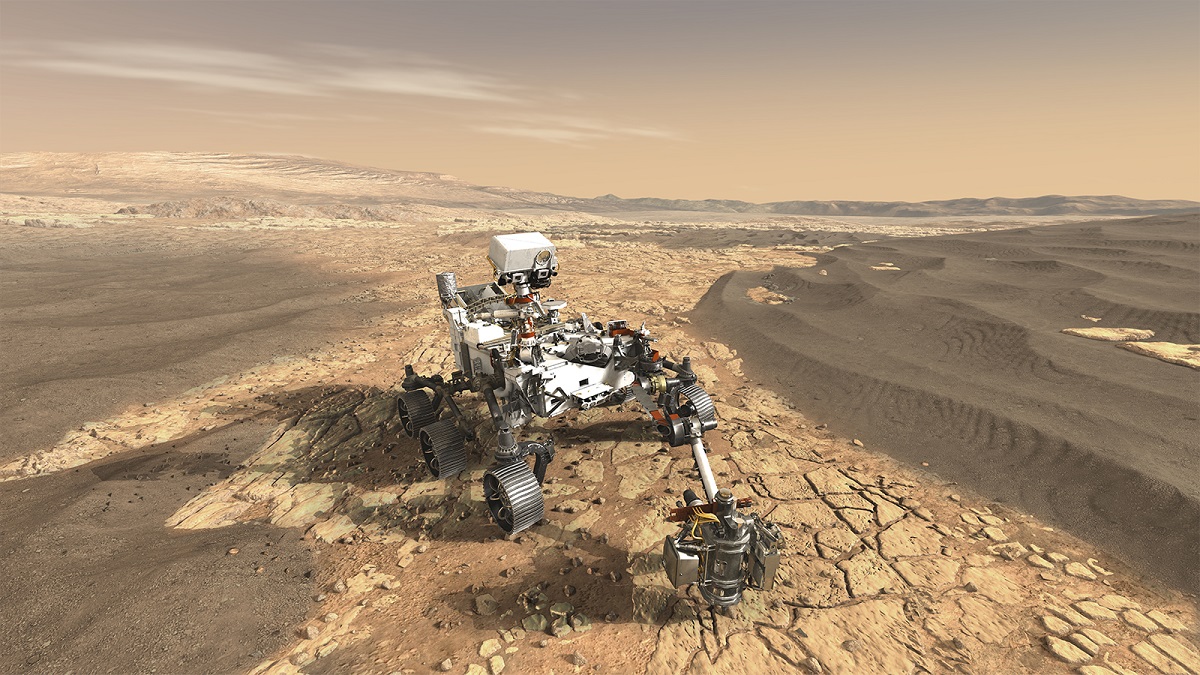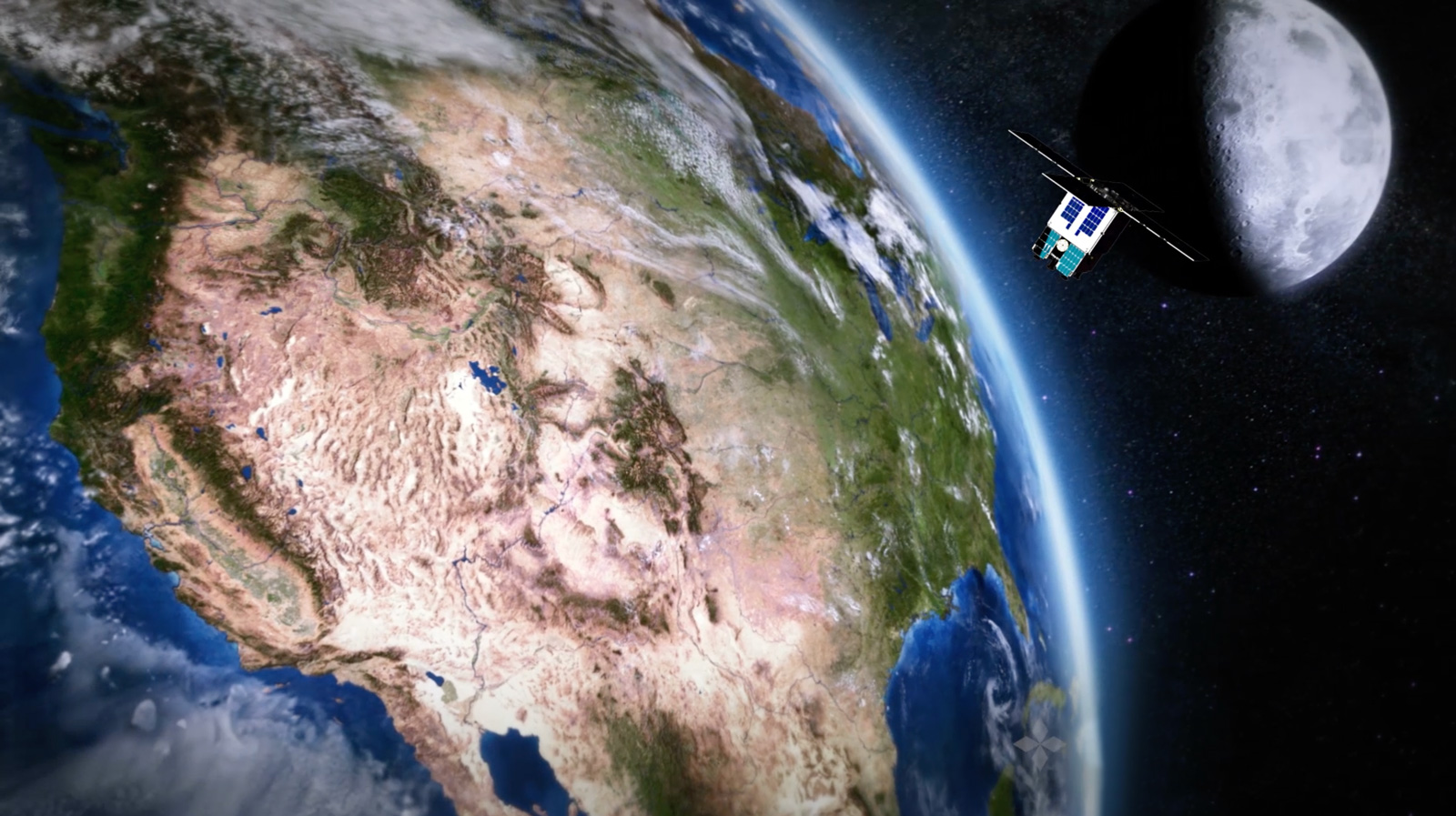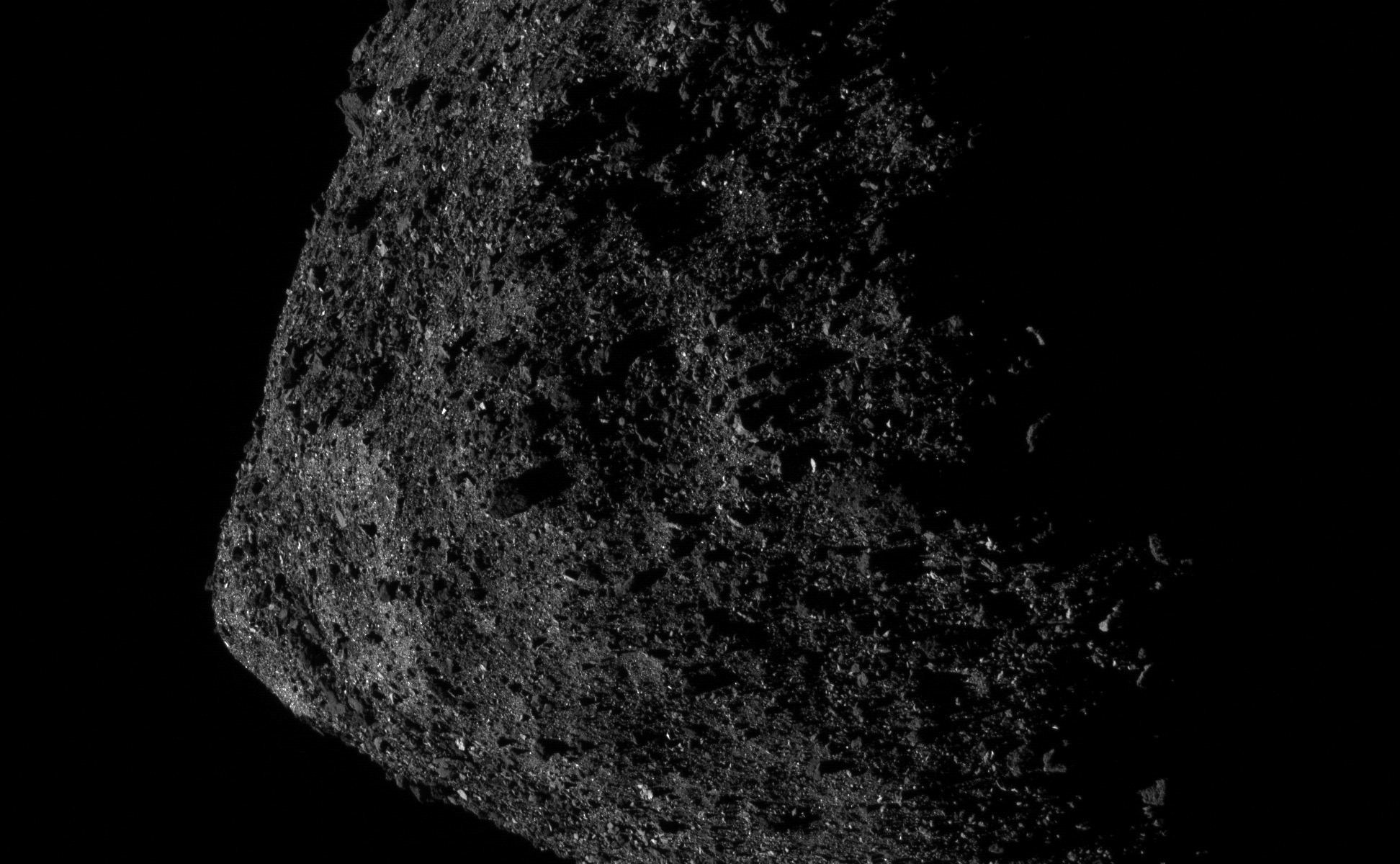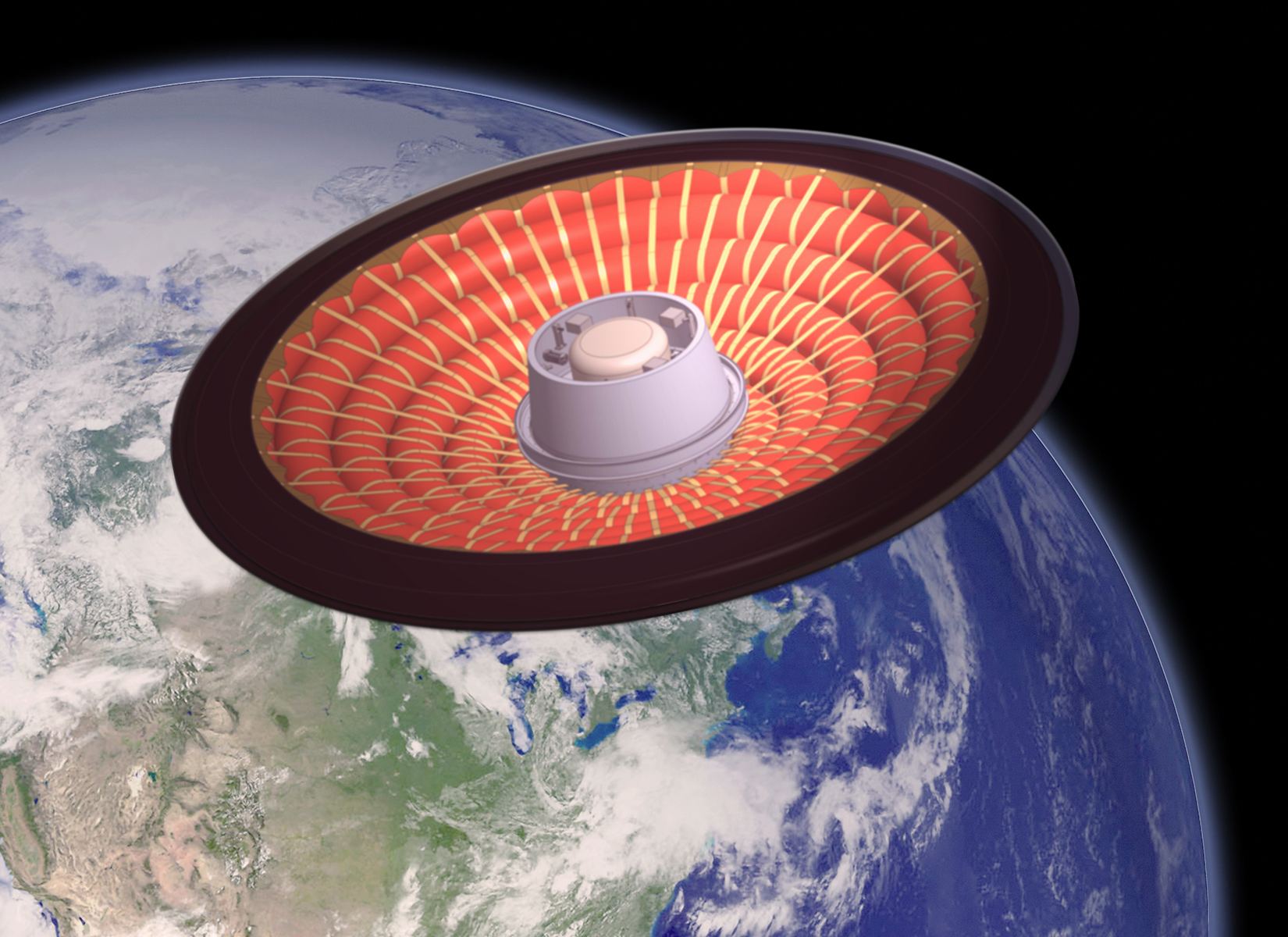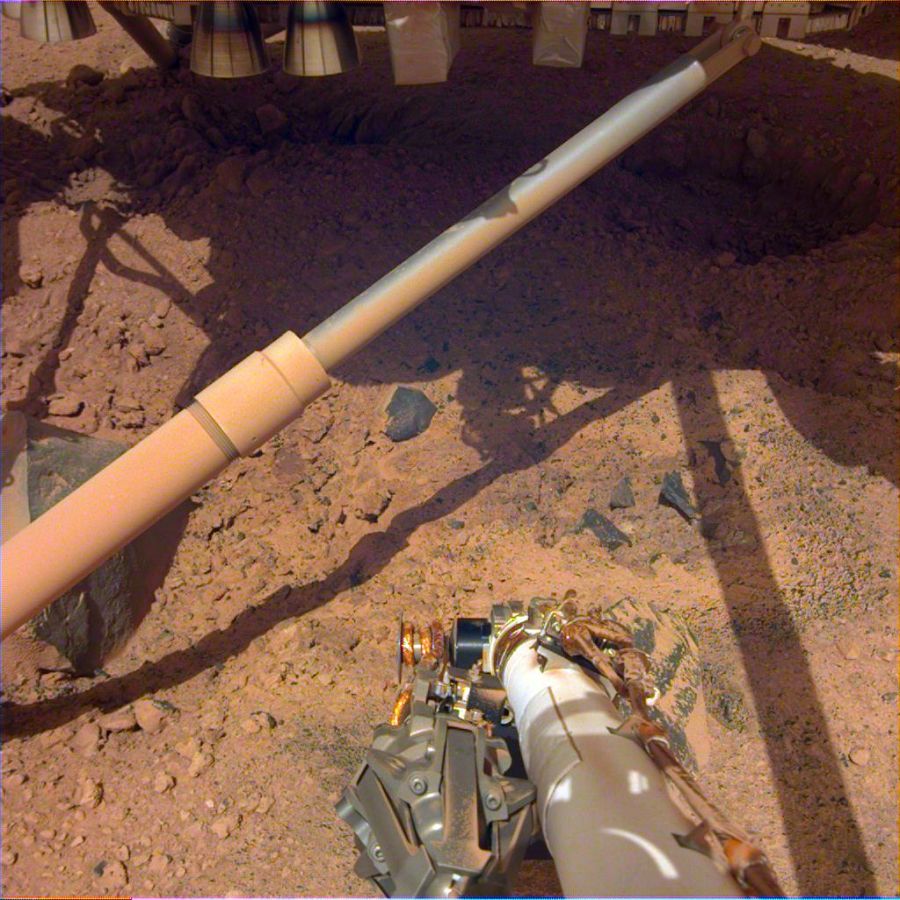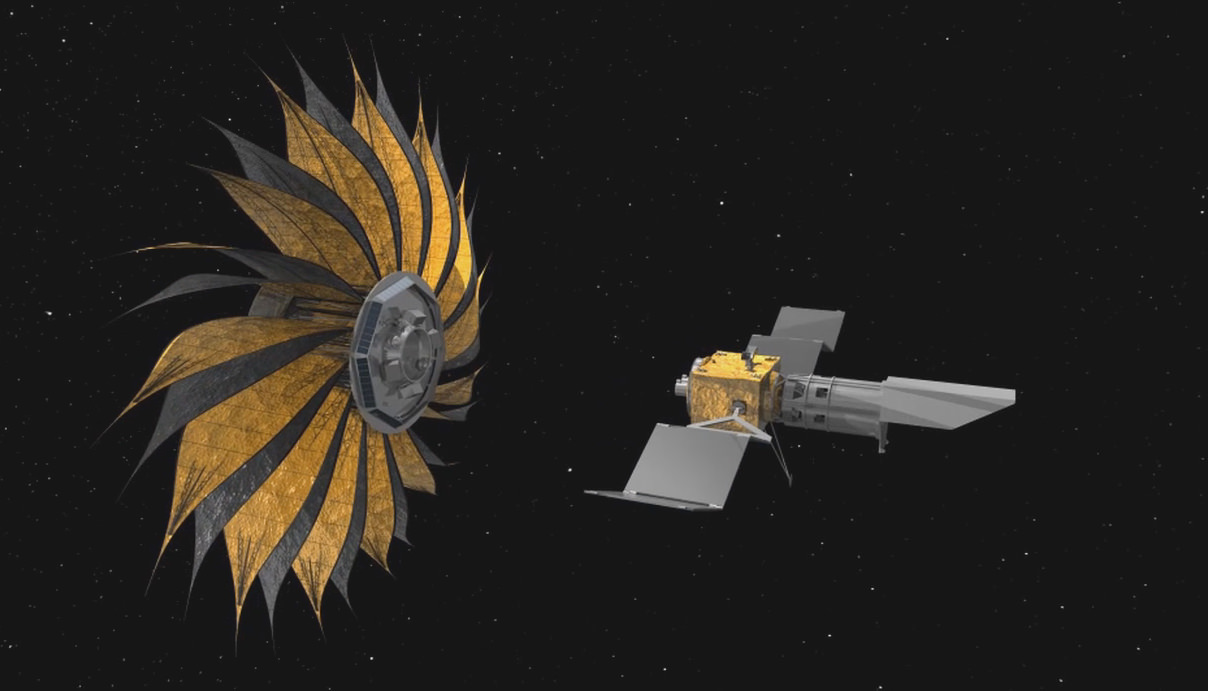A little over a year from now, NASA’s Mars 2020 rover will launch for Cape Canaveral and begin its journey to the Red Planet. When it arrives, in February 2021, it will begin exploring the Jezero Crater to learn more about Mars’ past and search for evidence of past and present life. But before that happens, this robotic explorer still needs a proper name.
Like its predecessors, Spirit, Opportunity, and Curiosity, the Mars 2020 rover will get its official name with the help of a nationwide contest. Towards this end, NASA recently announced that it has partnered with two organizations to give K-12 students all across the US a chance to name the rover that will continue in the search for life and pave the way for humans to begin exploring Mars.
Continue reading “Of Course Mars 2020 is Going to Get a New Name. NASA is Looking for Judges for an Upcoming Naming Contest”
